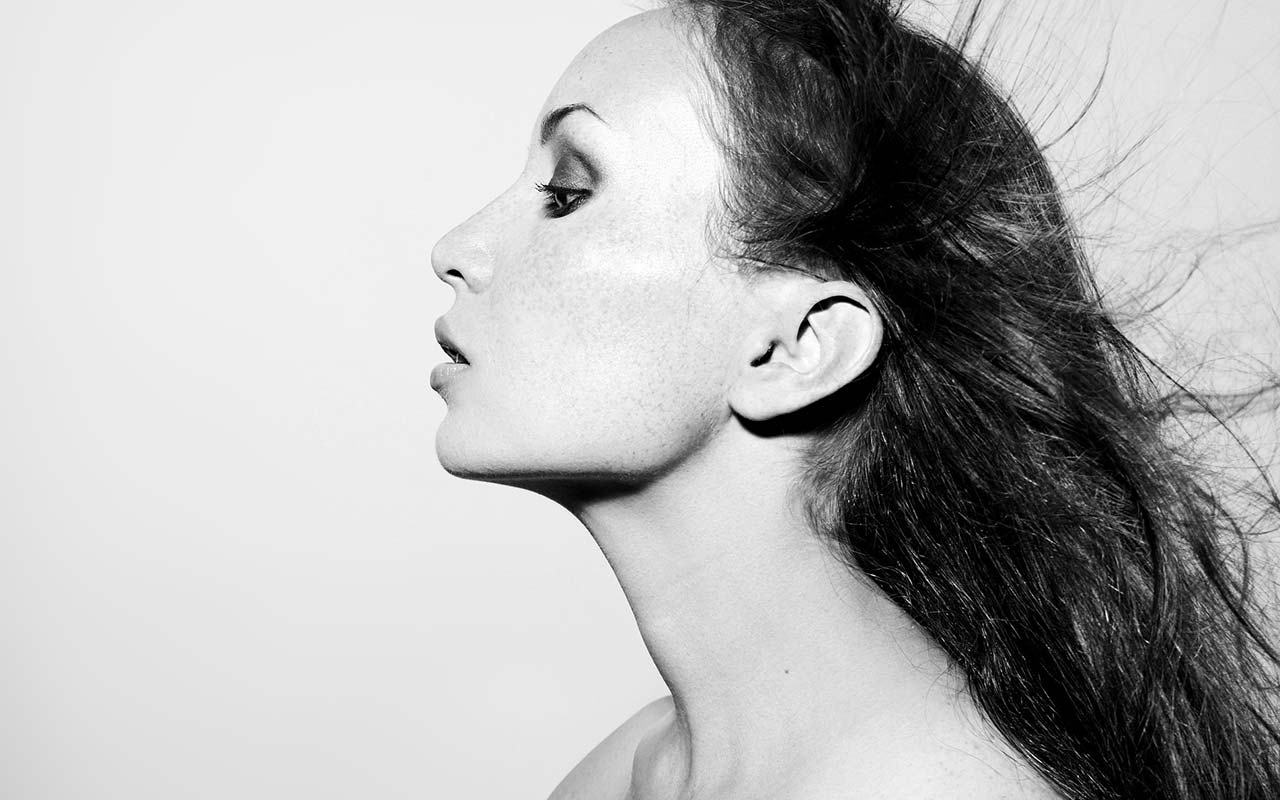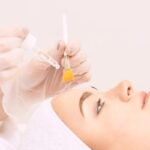Here at Vale Laser Clinic, we are huge advocates of the skin-repairing effects of Retinol. To the extent that all our clients are recommend to use it in their skincare routine. Read on to find out how this iconic skin care treatment works and whether it could benefit you:
What exactly is retinol?
Retinol is a form of Vitamin A – a fat-soluble substance that speeds up cell turnover in your skin. In doing so, it also slows down the ageing process. Its claim to fame is that it can minimise fine lines and wrinkles because it stimulates collagen production. It does this by blocking the production of collagenase – an enzyme which breaks down collagen (a protein that ‘firms up’ up our skin).
But there’s more – retinol can also cause dark spots to fade and, with its ability to exfoliate the skin and unclog pores, can help clear up acne. Another result of using retinol is more evenly toned and firmer skin.

How does retinol work?
Retinol stimulates new cells on the skin’s surface, making the skin glow and look more youthful. Once the skin has absorbed the retinol, it converts to retinoic acid, which then binds to receptor cells on the skin’s outer membrane. The positive results of using retinol don’t take long to take effect. Indeed, after a month, you should notice your skin being firmer and more glowing. After three months, the results will probably be obvious to others too.
@EverydayHealth: “[A study in the Journal of Cosmetic Dermatology showed] a 0.1 per cent retinol product reduced the appearance of wrinkles on the cheeks by 64 per cent and the eye area by 39 per cent after 12 weeks of use.”
What is retinol response?
It’s not uncommon when first using retinol to have side effects. These include redness or the skin feeling very dry and irritated. For some people, the skin may get flaky and peel. The good news is that these symptoms, however uncomfortable, are merely temporary flare-ups; they will go over time as your skin gets used to the new ingredient. It may be that over-exposure to the sun has resulted in the skin becoming damaged and lacking in vitamin A (retinol) receptors, which means it has very little tolerance, so the least amount of retinol can cause it to flare up.
This can also happen in colder months when sun exposure is reduced, and our skin is exposed to cold weather temperatures outside and warm temperatures inside.
The way to minimise outbreaks is to gradually introduce retinol to your skin, even to the extent of using the cream twice a week, to begin with, then every second day, etc.
Different skin conditions and retinol
It’s difficult to know what type of retinol product to buy since different skin conditions require less or more concentration. That’s why buying an over-the-counter retinol cream can lead to more problems than it solves. It’s why it’s always a better idea to consult a clinic like ourselves who can advise on your particular skin type and suggest a coping mechanism should a retinol response flare-up develop.




